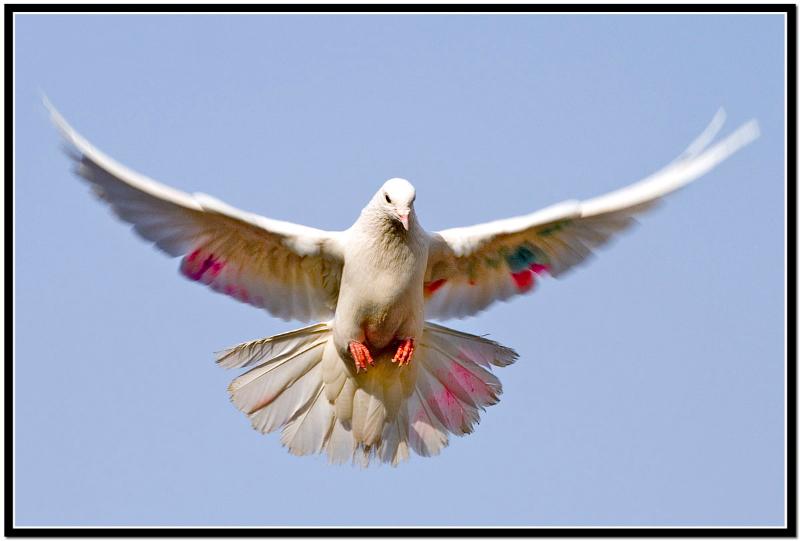Dear *|FNAME|,
What is the reason that we meditate and practice mindfulness? This is the subject of this weeks article, it is one of those questions that it is very useful to be clear on!
The main development at Integral Meditation Asia this week is that I have created a newshadow coaching service. As many of you know I have been offering shadow meditation workshops for some time now. This coaching service is designed to provide a personalized service for people to really get to grips with their own shadow self, and start enjoying it rather than running away from it!
With all best wishes for your inner wellbeing,
Toby
 Is Meditation about Stress Management or About Enlightenment?
Is Meditation about Stress Management or About Enlightenment?
Why do we meditate of practise mindfulness? Traditionally and historically it was practised by those who wished to attain a spiritual liberation or enlightenment, but more recently meditation and mindfulness have been touted as methods that can help us deal more effectively with our secular stress, help us relax and improve our work performance. So, is it about enlightenment, or is it about stress relief?
Thinking about this I came up with three basic levels of meditation practice that gives a spectrum of possible uses for meditation practice.
Meditation from the perspective of the ego: Here we are motivated to practice meditation in order to reduce stress and negotiate our life challenges in a more fulfilling and enjoyable manner. In this context meditation is a secular skill which value adds in a measurable way to our quality of life.
Meditation from the perspective of the soul: Here we practise meditation in order to provide the inner stability and strength to live a life of principle and depth, for example to live life according to the principles of goodness, beauty and truth. Meditation in this context contains within it the “ambition” to go beyond our biological and lower human nature, and to start consciously embodying positive principles in the world through our actions.
Meditation from the perspective of spirit: On this third level we practise meditation in order to pursue enlightenment – the realization of the ultimate, formless, timeless dimension of reality and of ourselves. Here we commit not just to doing this in sitting meditation, but also to embody that reality in our daily action; to mediate (not a typo; mediate, conduct, channel) the energy of enlightened awakening into the outer world of illusion. The goal if meditation on this level is to accomplish the same fundamental realizations of your Buddha’s, Christ’s, Krishna’s, Lady Tsogyal’s, St John of the Crosses etc… and to act as forces of enlightenment within the world as they did.
So, there are your three basic levels, it’s up to you where you pitch your own practice. Even if you only think yourself capable of the first, then this is still a wonderful step to take and commit to.
I think the reality is that every time we sit down and meditate we do a little of all three levels; we reduce our stress (ego level), go a little deeper into our inner self (soul level), and awaken even if it is only in the smallest of ways to our true nature (spiritual level).
© Toby Ouvry 2013, you are welcome to use or share this article, but please cite Toby as the source and include reference to his website www.tobyouvry.com




 Mindful Eating As Your Object of Meditation
Mindful Eating As Your Object of Meditation Taking Light-Heartedness as Your Object of Meditation
Taking Light-Heartedness as Your Object of Meditation
